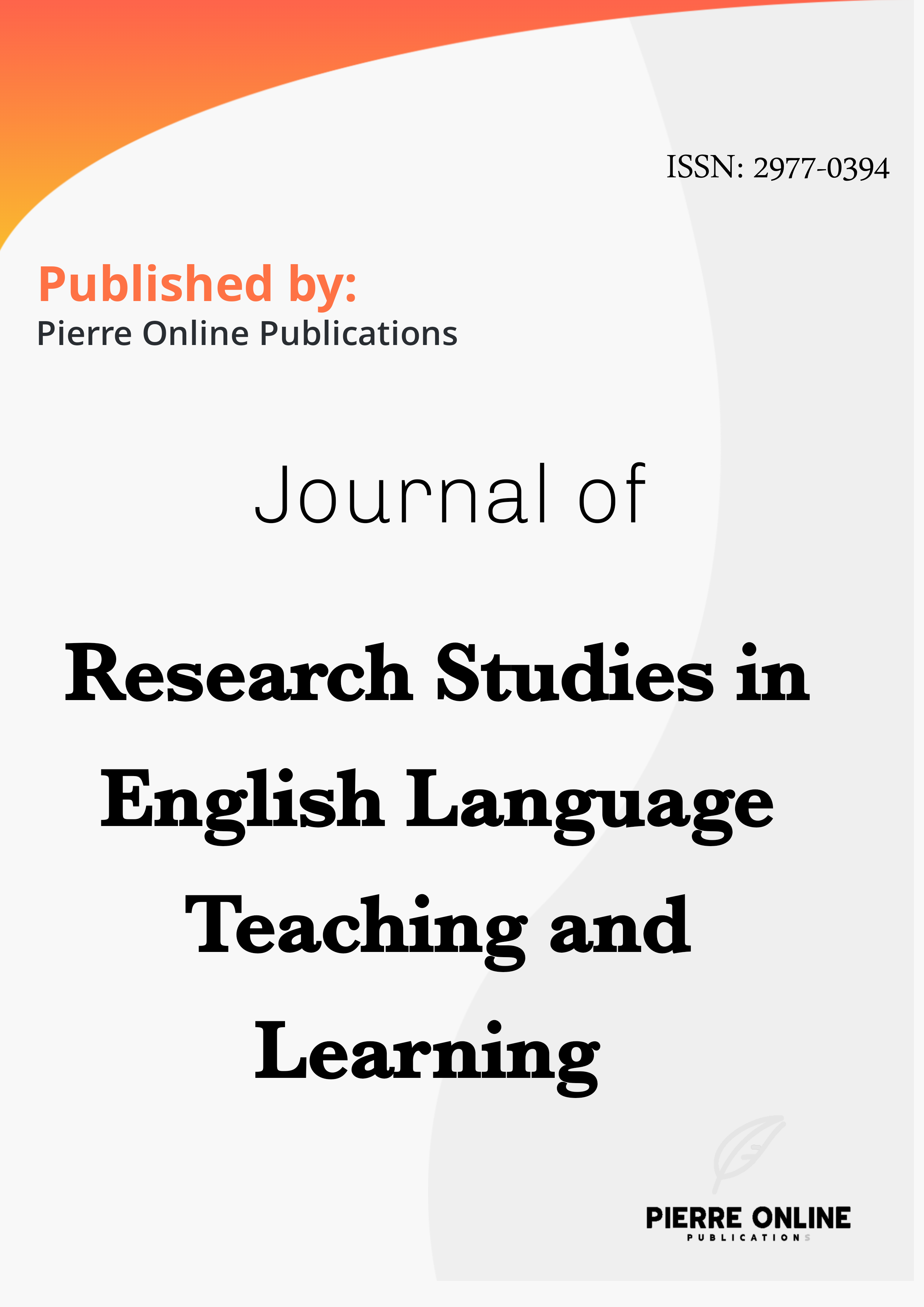The Efficacy of Collaborative and Multimodal Learning Strategies in Enhancing English Language Proficiency among ESL/EFL Learners: A Quantitative Analysis
Main Article Content
Abstract
This paper researched the effectiveness of multimodal and collaborative learning methods in both ESL and EFL contexts to enhance the competence of English language among learners. Half of the students participated in this study had their learning using traditional methods, while the remaining 60 were taught using multimodal and collaborative methods. Pre- and post-tests were conducted using the Oxford Quick Placement Test, and the collection of student engagement and motivation assessment data was collected using an adapted Language Learning Motivation and Engagement Scale. In addition, observational data were collected in order to note instances of collaborative and multimodal activities. The post-test scores yielded results indicating that the experimental group had significantly improved performance and high engagement and motivation compared to those in their control group. All these point directly toward the possibility that the fused collaborative and multimodal learning strategies among ESL/EFL learners are likely to yield better results in terms of enriching English language skills among learners and thus serve to the development of more inclusive and vibrant learning arenas. The findings also contribute to the blossoming of learner-centred approaches in ELT and add to the valuable insight available to educators seeking to improve their teaching practice.
Downloads
Article Details

This work is licensed under a Creative Commons Attribution 4.0 International License.
The Research Studies in English Teaching and Learning (RSELTL) Journal adopts the Creative Commons Attribution 4.0 International License (CC BY 4.0). This license allows for the free distribution and modification of the work, provided that the original author and source are credited. The CC BY 4.0 license is designed to promote the dissemination of scholarly work while protecting the rights of authors.
Author Rights
Under the CC BY 4.0 license, authors retain extensive rights to their work, including but not limited to:
-
Ownership of Copyright: Authors maintain copyright ownership of their work, permitting them to deposit their work in institutional repositories, share their work as they deem appropriate, and publish their work elsewhere, provided that the original publication in RSELTL Journal is properly cited.
-
Use and Distribution: Authors are entitled to unlimited use and distribution of their own work for educational and scholarly purposes, as long as the original work is properly cited.
-
Adaptation and Derivatives: Authors have the right to adapt, modify, or create derivatives of their work, provided that the original work is properly cited, and the modifications do not misrepresent the original work.
User Rights
In accordance with the CC BY 4.0 license, users (readers, scholars, and researchers) are granted the following rights:
-
Access and Distribution: Users are allowed to read, download, copy, distribute, print, search, or link to the full texts of articles published in RSELTL Journal without seeking prior permission from the publisher or the author, as long as the original work and authorship are properly cited.
-
Creation of Derivative Works: Users may adapt or create derivative works from the RSELTL Journal articles, provided that the original work is properly cited, and the derivative work is distributed under the same CC BY 4.0 license.
Responsibilities and Restrictions
-
Attribution: Proper attribution must be given to the original author(s) and the RSELTL Journal, including provision of a link to the original work and indication if any changes were made.
-
No Additional Restrictions: Users must not apply legal terms or technological measures that legally restrict others from doing anything the license permits.
-
Commercial Use: The CC BY 4.0 license permits commercial use of the works, as long as the original work and authorship are properly cited.




